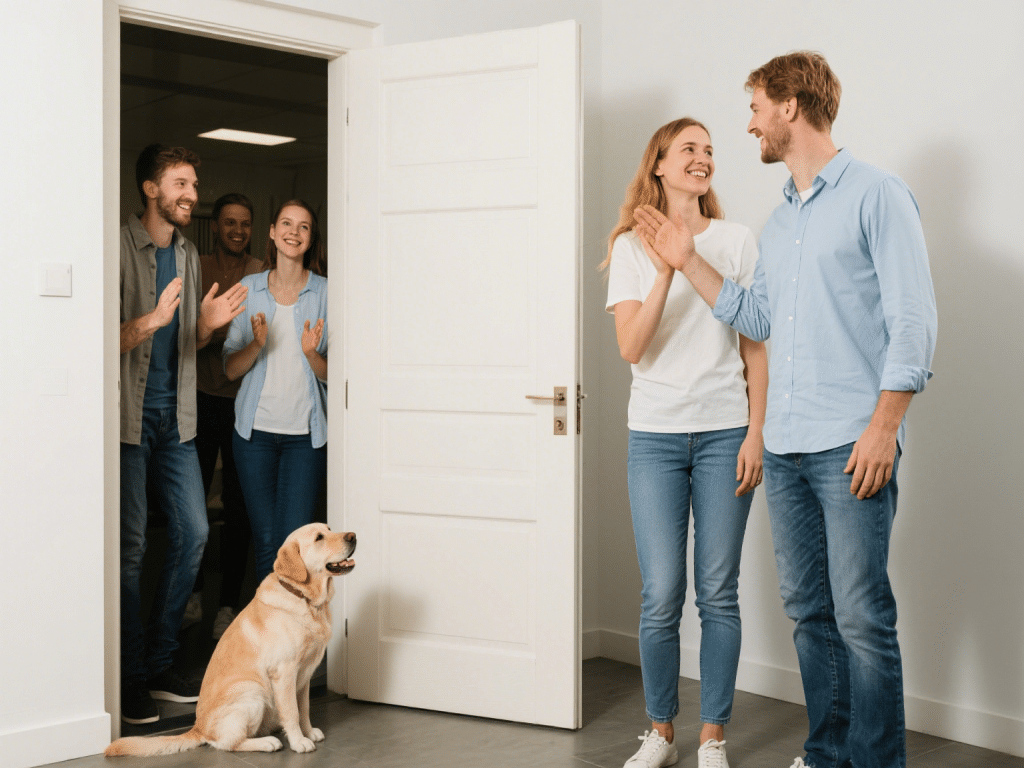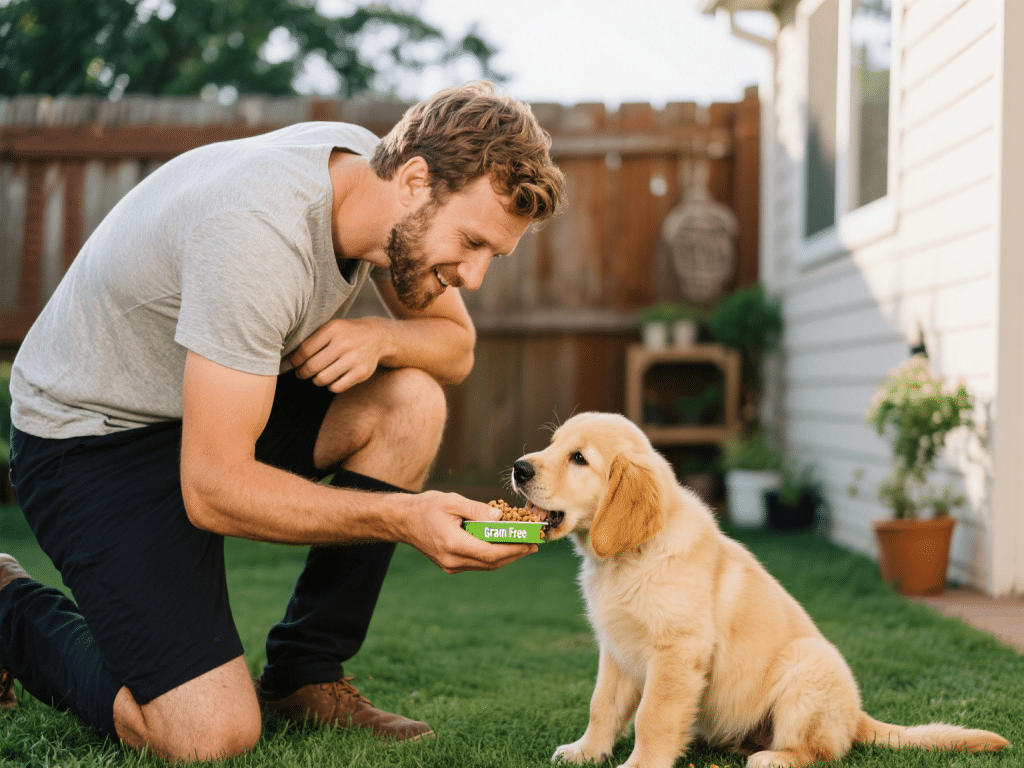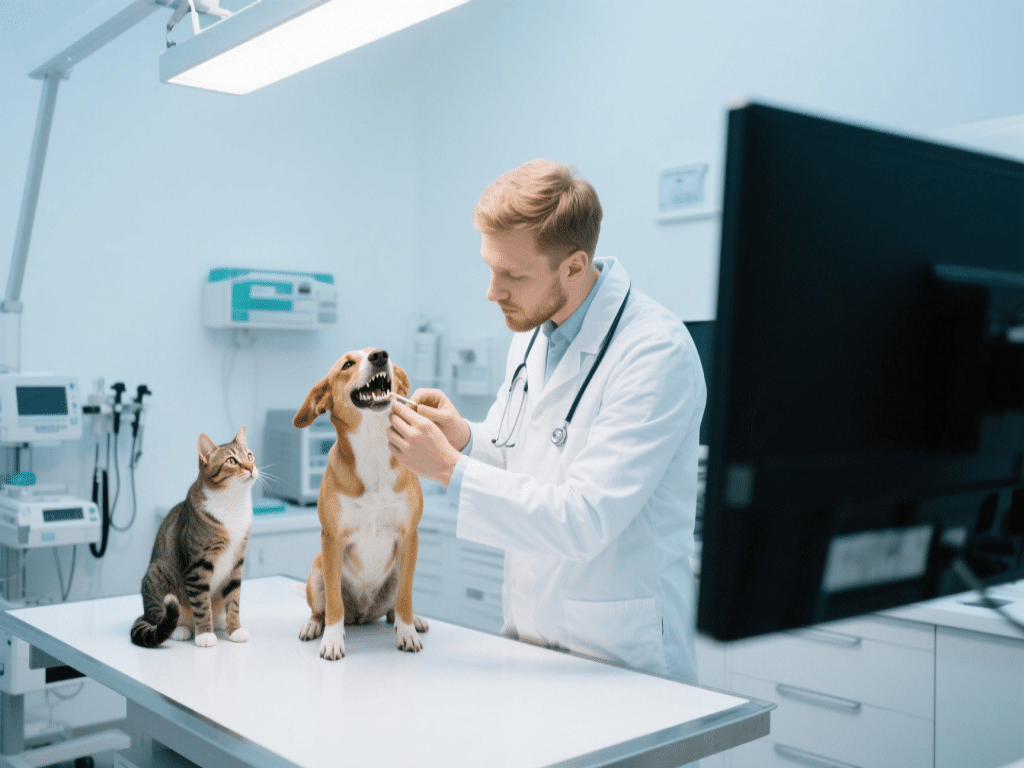How to Introduce Pets to Guests Without the Chaos

Introduction
Welcoming guests when you have pets can be stressful for both animals and humans. Barking, jumping, or hiding can create awkward moments. By preparing ahead and using positive reinforcement, you can create a harmonious environment where pets feel secure and guests feel at ease.
1. Prepare Your Pet Before Guests Arrive
Exercise First: Take dogs on a brisk walk or engage them in play 30–60 minutes before visitors, helping to burn excess energy.
Secure the Space: Provide a designated safe spot—such as a crate, playpen, or quiet room—where your pet can retreat if overwhelmed.
Familiarize with Scents: Have a friend or family member wear a guest’s clothes for a short time so your pet can sniff and become accustomed to the scent.
2. Manage the Arrival
Leash Your Dog: At the door, keep your dog on a short leash so you can control greeting behavior.
Controlled Entry: Ask guests to wait in a neutral zone (e.g., hallway) while you briefly hold your pet’s attention with a treat or toy.
Use Commands: Practice “sit,” “stay,” and “down” commands regularly so that, during greeting, your pet knows how to behave.
3. Positive Reinforcement Techniques
Reward Calm Behavior: Immediately praise and treat your pet when they remain calm as guests enter.
Redirect Overexuberance: If your dog jumps up, turn away calmly and ask for a sit before allowing further interaction.
Ignore Negative Behavior: Without scolding, remove your attention if the pet becomes jumpy or noisy. Wait for them to calm before re-engaging.
4. Introduce Slowly to Multiple Guests
One at a Time: Allow your pet to meet one guest at a time rather than a large group.
Keep Gatherings Small Initially: Limit the number of guests in initial introductions to avoid overstimulation.
Use Neutral Locations: If possible, start the meeting in a neutral area (e.g., hallway) to reduce territorial instincts.
5. Accommodate Guests’ Comfort
Inform Guests of Preferences: Let visitors know if your pet tends to bark or jump, and suggest they offer a treat or ignore the pet initially.
Provide Treat Stations: Place treats on a small table near the entrance so guests can reward the pet’s calm behavior.
Offer Alternative Seating: If a pet is anxious around guests, set up a safe crate or bed in a nearby room where the animal can relax visually but remain supervised.
6. Gradually Increase Socialization
Invite Friends for Short Visits: Schedule 15–30 minute visits initially, gradually increasing duration as your pet adapts.
Reward Social Cues: If your cat or dog approaches guests or shows curiosity without fear, reinforce with treats or praise.
Monitor Body Language: Watch for signs of stress (e.g., lip licking, yawning, tail tucking) and escort the pet to its safe space if needed.
Conclusion
Introducing pets to guests doesn’t have to be chaotic. By preparing your pet mentally and physically, using positive reinforcement, and controlling the greeting environment, you can foster calm interactions. Gradual exposure, consistent training, and attention to both your pet’s and guests’ comfort lead to successful, stress-free visits.






Comments on "How to Introduce Pets to Guests Without the Chaos" :